Need help to design shade yard northern virginia 7a
Sapphire
5 years ago
last modified: 5 years ago
Featured Answer
Sort by:Oldest
Comments (64)
laceyvail 6A, WV
5 years agoSapphire
5 years agoRelated Discussions
Growing lavender in Northern Virginia
Comments (9)I'm a little south of you, in central Virginia. I've been growing 'Provence' lavender for years and it does great, even in beds that are nothing but clay and river rock (ugh!) I've also learned that if you take cuttings between early July and early fall, it roots very easily. I just stick a bunch of 3" cuttings in one gallon pots and leave them in a semi shaded area. By the next spring, they are ready to be planted out. I've tried a blue flowered rosemary that gets a lot of dieback every year. It recovers by the end of the season, but looks dreadful in spring. I'm slowly replacing it with 'Arp'. If you're down in Richmond, you're welcome to some lavender cuttings. My central garden has a lavender hedge so I have about 160' of lavender plants. Half of them I grew from cuttings myself. I just trimmed it up over the weekend - what a heavenly pruning job that was. I dumped all the spent flower stalks behind the hedges by the front door so I can smell it when I walk outside. -Stephanie...See Morenorthern Virginia 7a shaped slope help
Comments (16)What kind of trees are those on the slope? It makes a difference. Some trees play nicely with groundcovers and some do not. It looks to me like the trees are sucking all the fertility out of the soil with aggressive roots and you may not be able to grow much of anything under them. Or not, but at the very least, it looks like you need something to keep the soil from washing downhill and also some soil amendment and mulch. If the tree is Norway maple and the soil is dead and compacted, you aren't going to get much of anything to grow there, even the old stand bys....See MoreCold Weather Veggie Help - 7a
Comments (20)VaLady, It's still is a good idea to have that soil mix your landscape guy added tested for nutrients and pH. Here in Henrico Co the local libraries offer soil sample collection test kits to use where you send in a sample to Va Tech for analysis for a minimum price (there are discount vouches available on line in the instructions). Personally I've never cared for "mulch" (as in ground up bark and wood chips) to use in the veggie garden. That type of woody product may be fine for establish perennials like azaleas, rose bushes, etc but it's best (for me anyways) to use real homemade compost as a mulch for growing veggies. Even then adding a balanced fertilizer is required for good growth and production. BTW, I've tried Brussels sprouts with meager results, they just don't seem to do as well as other crops like broccoli and cabbages here. Cauliflower can do well but it can also be a challenge at times. Even broccoli can "button up" when growing conditions aren't to it's liking. Hope some of this info helps, Happy Harvest!...See MoreOverseed & Winterizer Zone 7a (Northern Virginia)
Comments (4)If you do seeding in the spring, you are almost guaranteed to get crabgrass instead of real grass. The real grass seeded in the spring will not have time to develop deep hardy roots before the summer heat hits, and so it comes in thin and dies quickly. Further, crabgrass, Mother Nature's bare soil filler, loves the daily watering it gets from people trying to start lawns in the spring. Crabgrass is a summer annual plant designed by Nature to sprout in the spring and thrive in the summer. There is such a thing as frost seeding where you seed now(ish) and let Nature take Her course with germination in the late winter or early spring. It's not the preferred method, but every month from now on your chances of success diminish. As for shade, you should be overseeding with a shade tolerant variety of fescue to help with that. Weeds, if you use herbicide, should be sprayed in mid April after they have become established. You can help yourself out by not watering more frequently than once every month to 3 weeks until late April, then every 2 weeks changing to every week in the heat of summer. Always water 1 inch at a time when you do. Check that with tuna or cat food cans placed around the yard when you water. One inch probably takes longer than you think. Dog pee should not be a problem if you have a healthy soil. You can improve the soil's health by using organic fertilizer at least once a year. Late spring seems to be good for that. In the mean time, if you suspect you have dog pee spots, drop a handful of table sugar on the spot to help the soil microbes to repopulate. Sugar is not exactly fertilizer, but it is food for the bacteria which process the urine. The bacteria turn the urine into plant food, so sugar is more like a stimulant....See MoreRevolutionary Gardens
5 years agoYardvaark
5 years agoUser
5 years agoSigrid
5 years agoYardvaark
5 years agoUser
5 years agoYardvaark
5 years agoUser
5 years agokentc
5 years agoUser
5 years agoYardvaark
5 years agoUser
5 years agokentc
5 years agolast modified: 5 years agoposierosie_zone7a
5 years agoYardvaark
5 years agoSapphire
5 years agoSigrid
5 years agoYardvaark
5 years agoposierosie_zone7a
5 years agoSapphire
5 years agoYardvaark
5 years agogtcircus
5 years agoposierosie_zone7a
5 years agoSapphire
5 years agoSapphire
5 years agoDig Doug's Designs
5 years agoSapphire
5 years agogtcircus
5 years agocecily 7A
5 years agoSapphire
5 years agol pinkmountain
5 years agoSapphire
5 years agoposierosie_zone7a
5 years agoSeedG (Zone 9b - 10b)
5 years agol pinkmountain
5 years agoSapphire
5 years agocyn427 (z. 7, N. VA)
5 years agolast modified: 5 years agoSapphire
5 years agoYardvaark
5 years agolast modified: 5 years agoSapphire
5 years agocyn427 (z. 7, N. VA)
5 years agoYardvaark
5 years agolast modified: 5 years agocyn427 (z. 7, N. VA)
5 years agoSapphire
5 years agolast modified: 5 years agoposierosie_zone7a
5 years agolast modified: 5 years agoNicole McCloskey
4 years ago
Related Stories
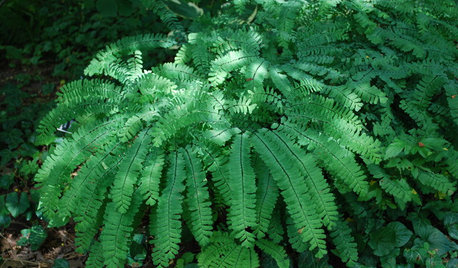
GARDENING GUIDESGreat Design Plant: Northern Maidenhair Fern Softens Shade Gardens
Stir up some romance in dark corners with the billowy fronds of native Adiantum pedatum
Full Story
LANDSCAPE DESIGN7 Great Trees for Summer Shade and Fall Color
These landscape-pro faves straddle the seasons beautifully. Could one enhance your own yard?
Full Story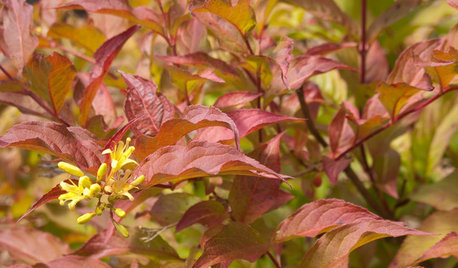
GARDENING GUIDESGreat Design Plant: Northern Bush Honeysuckle, a Bronze Beauty
It helps control erosion and takes sun or shade. The butterflies love it. But the best part of this shrub may be the vivid foliage
Full Story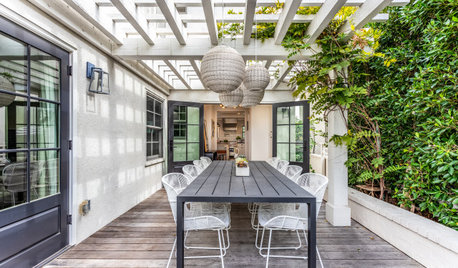
LANDSCAPE DESIGNHow to Provide Shade in a Small Yard
Check out 7 ideas for planning a compact yard that catches the sun but also has a shady area
Full Story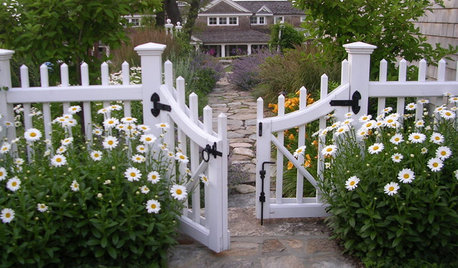
CURB APPEAL7 Ways to Create a Neighborly Front Yard
Foster community spirit by setting up your front porch, paths and yard for social interaction
Full Story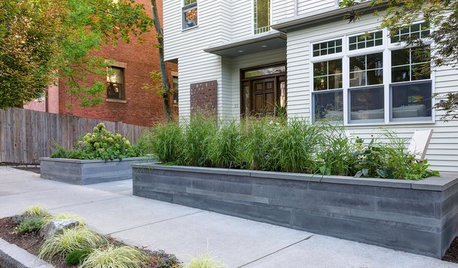
BEFORE AND AFTERSMakeovers Create More Usable Living Space in 7 Front Yards
Designers transform underused yards and entries into stylish, functional and inviting outdoor spaces
Full Story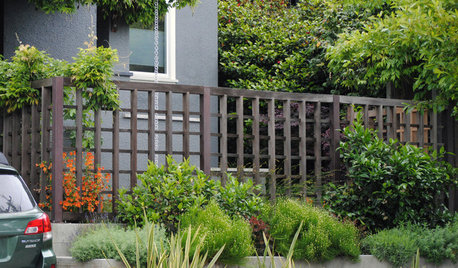
LANDSCAPE DESIGN7 Stylish Front Yard Ideas for Homes on Busy Streets
Create privacy and cut down on traffic noise while maintaining curb appeal
Full Story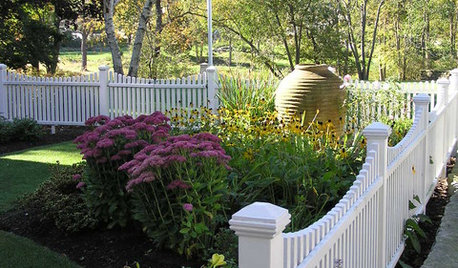
CURB APPEAL7 Great Structures for an Attractive Front Yard
Create a tasteful tableau for all to admire with a fountain, gate, statue or other eye-catcher
Full Story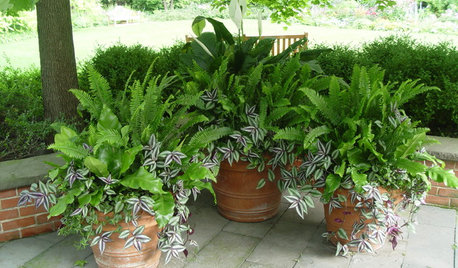
GARDENING GUIDES7 Fabulous Shade-Loving Ferns for Containers
Shade-loving ferns can add color and texture to your container designs
Full Story
COLORPick-a-Paint Help: How to Quit Procrastinating on Color Choice
If you're up to your ears in paint chips but no further to pinning down a hue, our new 3-part series is for you
Full Story



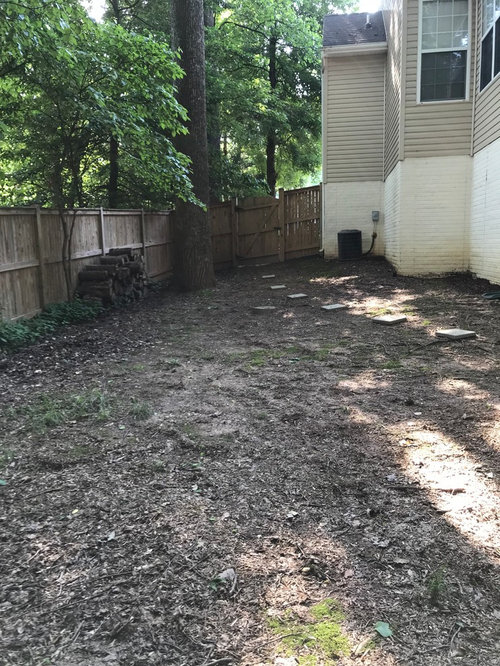
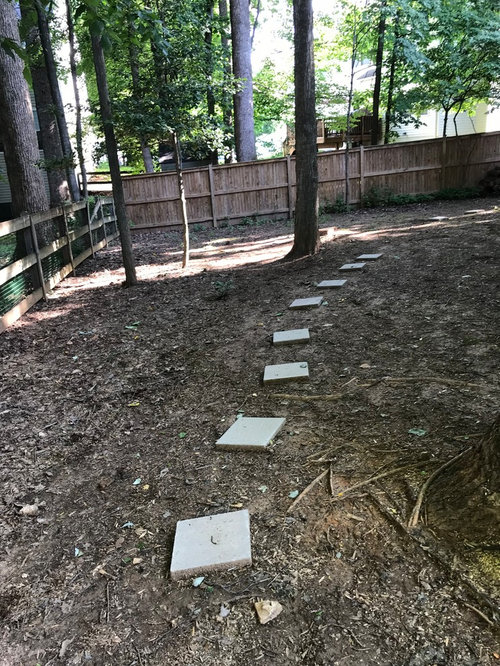


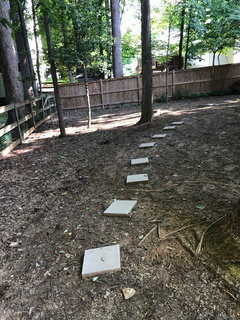





Revolutionary Gardens